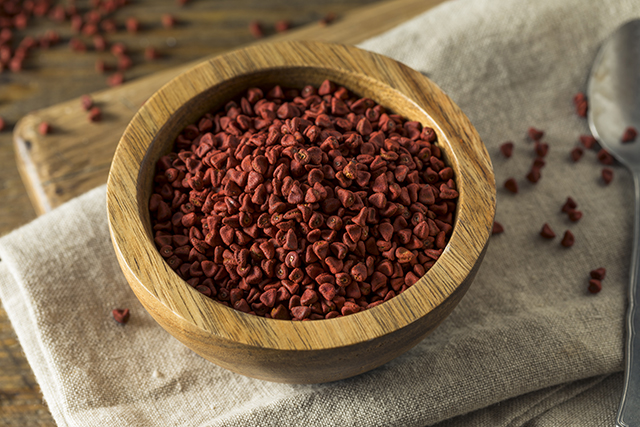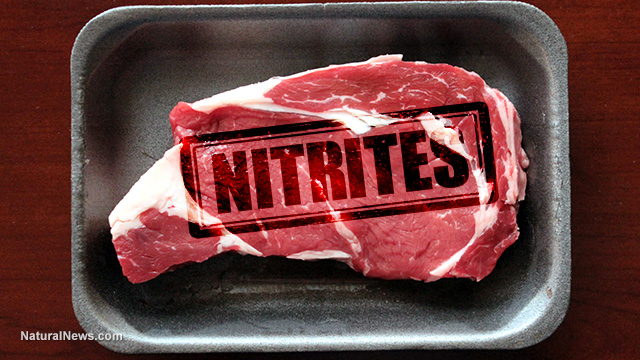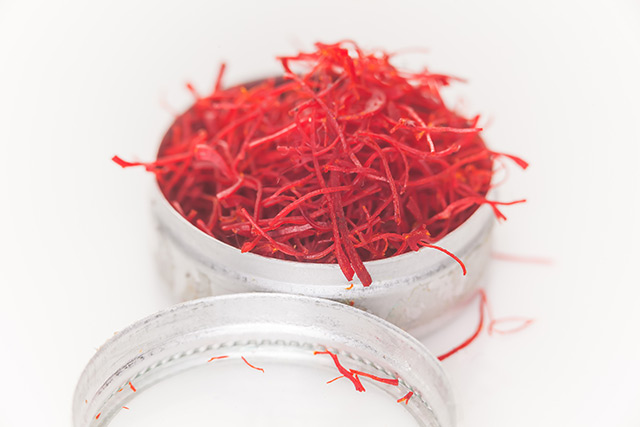Our first line of defense against bacteria includes white blood cells, which use chlorine bleach-like substance to douse invaders
07/02/2018 / By Ralph Flores

Our cells are just like us in a way: They disinfect harmful pathogens in the same manner we do. In a study led by researchers from Ruhr-Universität Bochum in Germany, it was discovered that certain white blood cells engulf harmful bacteria then shower it with a mixture that includes, of all ingredients, bleach. This oxidizes the proteins inside the cells, resulting in bacterial death within seconds.
To understand how this works, it’s best to start with how our body deals with invading pathogens. When harmful bacteria enter the bloodstream, white blood cells called neutrophil granulocytes act as the body’s first line of defense. In a process called phagocytosis, the white blood cells devour the invading cells, engulfing each bacterium and dousing it in what’s called a reactive oxygen species – a toxic cocktail made up of hydrogen peroxide and chlorine bleach, among others. This results in cell oxidation, a chemical reaction which destroys the molecules of the bacterium by changing the oxidation states of the atoms.
For the study, the researchers used a relatively new piece of technology, that is, recently developed fluorescent proteins called roGFPs. These proteins possess an amino acid pair that is highly reactive to chemical oxidation: In blue light, the proteins glow green; if the protein is oxidized, it also becomes visible under a violet light.
The team then used Escherichia coli bacteria that contained roGFPs and lumped them with immune cells, which consumed them. Upon closer inspection, they found that roGFPs glowed under blue light. However, the proteins glowed under a violet light after they were devoured and oxidized.
The power of the elements: Discover Colloidal Silver Mouthwash with quality, natural ingredients like Sangre de Drago sap, black walnut hulls, menthol crystals and more. Zero artificial sweeteners, colors or alcohol. Learn more at the Health Ranger Store and help support this news site.
“Based on the speed and the specificity with which the roGFPs oxidised, we have deduced that chlorine bleach plays the key role in the process. That means: immune cells utilise bleach to kill bacteria,” explained co-author Lars Leichert.
To identify which enzymes are needed to create the toxic cocktail, researchers looked at cells that did not have specific enzymes. They observed that those that do not have an active NOX2 enzyme did not display the same characteristics like oxidation. The NOX2 enzyme, interestingly enough, is missing in patients with certain genetic disorders such as chronic granulomatous disease (CGD). In addition, cells that have blocked myeloperoxidase also resulted in lesser oxidation, as this was necessary for generating chlorine bleach. (Related: Fermented tea protects the liver from oxidative stress with antioxidant properties that regulate glucose levels.)
To note, CGD is an inherited primary immunodeficiency disease wherein the body is prone to infections caused by bacteria and fungi, which are otherwise mild in healthy people. This is caused by the body’s inability to produce hydrogen peroxide to fend off pathogens. The condition, if left untreated, may cause severe skin and bone infection, as well as abscesses in internal organs.
However, researchers are still unclear as to how this process exactly works. According to Leichert, this raises a lot of questions, such as: How and when are the bacteria doused with the poison cocktail? Does that only happen inside the immune cells? How long does the process take? Which enzymes of the immune cell are involved?
“Once we’ll find an answer to these questions, we will understand how some bacteria outwit our immune system and how the immune system is impaired by certain genetic defects,” he added.
Learn even more scientific breakthroughs by following Science.news today.
Sources include:
Tagged Under: cell oxidation, chemical oxidation, chlorine bleach, Enzymes, harmful bacteria, hydrogen peroxide, immune system defense, neutrophil granulocytes, pathogens, phagocytosis, white blood cells




















